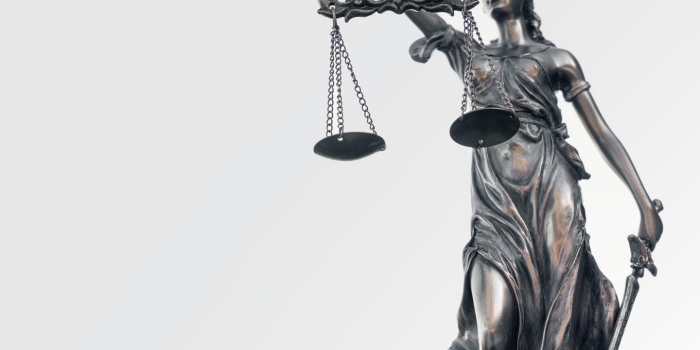Article by Holly M. Olarczuk-Smith, Esq.
Expert witnesses can help jurors understand scientific, technical, or other specialized issues. Oftentimes, expert witnesses can significantly impact the success or failure of a case. Since expert witnesses play an important role in legal proceedings, it is vital for attorneys to understand the expert admissibility standards.
The standards for determining the admissibility of expert testimony are set forth in Frye v. United States, 293 F. 1013 (D.C. Cir. 1923), and Daubert v. Merrell Dow Pharmaceuticals, Inc., 509 U.S. 579 (1993). Daubert is the standard used in federal courts. State courts have widely adopted the Daubert standard, but some state courts follow the Frye standard. It is, therefore, critical to understand the main differences between the two standards to ensure that your expert witness meets a specific jurisdiction’s admissibility standard. This article generally discusses those differences.
The Frye Standard Utilizes The “General Acceptance” Test
The Frye standard, which was developed by the D. C. Circuit Court, comes across as being relatively uncomplicated. Under Frye,an expert opinion is admissible if the methodology forming the basis for an expert opinion has been “generally accepted” in the scientific community. This is known as the “general acceptance” test.
When a scientific principle or discovery crosses the line between the experimental and demonstrable stages is difficult to define. Somewhere in this twilight zone the evidential force of the principle must be recognized, and while courts will go a long way in admitting expert testimony deduced from a well-recognized scientific principle or discovery, the thing from which the deduction is made must be sufficiently established to have gained general acceptance in the particular field in which it belongs.
Frye, 293 F. at 1014.
Generally speaking, a Frye hearing asks whether the methodology, when properly performed, generates results generally accepted as reliable in the scientific community. Where the opinion being provided is not new, a Frye hearing is generally not required. If, however, it is novel science, a Frye hearing may be required.
The Daubert Standard Utilizes Four Non-Exhaustive Factors
In Daubert, the U.S. Supreme Court held that the Frye standard had been superseded by the 1975 enactment of the Federal Rules of Evidence:
The merits of the Frye test have been much debated, and scholarship on its proper scope and application is legion. Petitioners’ primary attack, however, is not on the content but on the continuing authority of the rule. They contend that the Frye test was superseded by the adoption of the Federal Rules of Evidence. We agree.
Daubert, 509 U.S. at 586–587 (footnotes omitted).
As a result, “‘[g]eneral acceptance’ is not a necessary precondition to the admissibility of scientific evidence under the Federal Rules of Evidence,” which assigns the trial court with a “gatekeeping role” of “ensuring that an expert’s testimony both rests on a reliable foundation and is relevant to the task at hand.” Daubert, 509 U.S. 579. The Daubert standard, thus, enforces the role of courts as “gatekeepers” by shifting the inquiry from “general acceptance” to an inquiry of reliability and relevance.
In determining whether the opinion of an expert is reliable, a trial court examines whether the expert’s conclusion is based on scientifically valid principles and methods. A non-exhaustive list of factors to be considered are: (1) whether the method or theory relied upon has been tested; (2) whether it has been subjected to peer review and publication; (3) whether there is a known or potential rate of error; and (4) whether the methodology has gained general acceptance. Daubert, 509 U.S. 593-594
“A court should not focus on whether the expert opinion is correct or whether the testimony satisfies the proponent’s burden of proof at trial. . . . [W]e are not concerned with the substance of the experts’ conclusions; our focus is on how the experts arrived at their conclusions.” Valentine v. Conrad, 110 Ohio St.3d 42, 2006-Ohio-3561, ¶16. Overall, it must be determined whether the expert’s opinion is based on “scientific knowledge” and constitutes “good science[.]” Daubert, 509 U.S. at 593.
Key Takeaways
The main difference between the Frye standard and the Daubert standard is the form of inquiry. While Frye focuses solely on whether the expert’s methodology opinion is generally accepted in the scientific community, Daubert requires the trial judge, who is charged with acting as the gatekeeper, to engage in a more complex inquiry of reliability that underlies an expert’s opinion through a variety of factors. Practically speaking, the Daubert standard allows more latitude for challenging expert testimony through cross-examination and motion practice.

